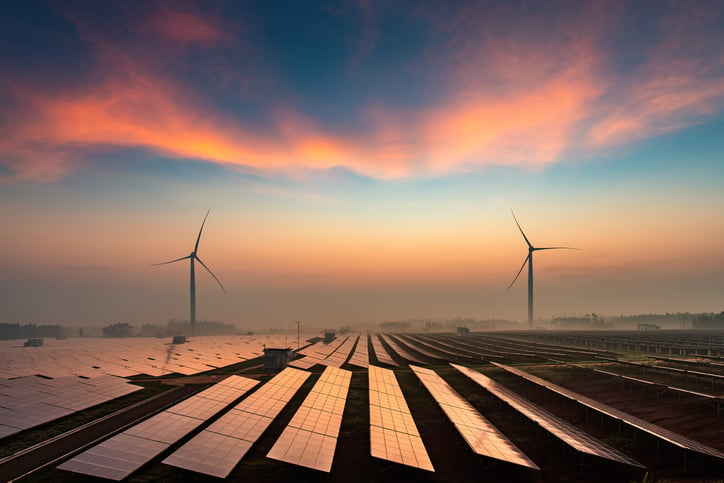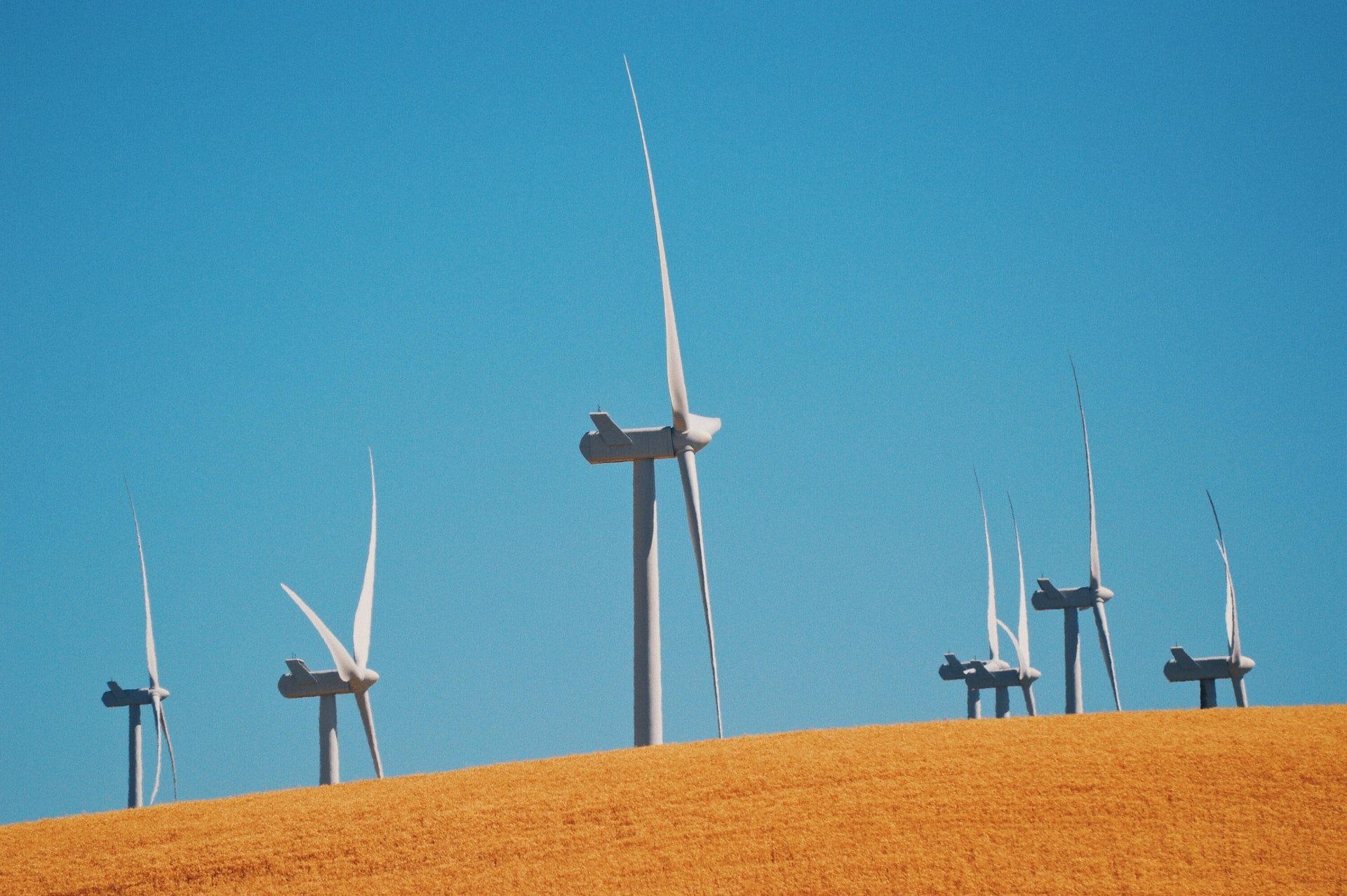6 Advantages of Distributed Wind Generation
There’s a rising star in American clean-energy solutions. And it’s not offshore wind.
Distributed wind generation produces green energy, contributes to the health of the power grid, and creates low-cost alternatives for people and businesses.
Whether your application is a stand-alone or a grid-connected system, consider the many advantages of distributed generation through small-scale wind energy.
What Is a Small-Scale Wind Power System?
Distributed wind is “behind the meter,” meaning the power generation is on the customer's side of the electric meter. The power created by a distributed wind generator is consumed by the customer, but it’s not lost if that customer’s demand is low. The rest can be sold back to the provider through a process called net metering.
Distributed wind is often called small wind by the general public because it produces limited amounts of energy compared to the large utility-scale wind farms that most are familiar with. Distributed wind is ideal for small-scale operations and residences.
But, the total potential of available distributed wind sites in the United States (8,000 GW, including larger systems) isn’t small at all and actually exceeds that of offshore wind, based on a recent study by the National Renewable Energy Laboratory. Yet distributed wind gets less attention as a major solution for 2020 and beyond.
Distributed-scale wind turbines may be smaller and less conspicuous than their behemoth utility-scale counterparts. But they will absolutely play a crucial role in the diverse, stable electrical grid of the future.
Advantages of Distributed Wind Generation
Schools, farms, businesses, and other institutions have the perfect conditions for distributed wind. According to the Distributed Wind Energy Association (DWEA), these small-wind solutions:
- Capture untapped potential
- Profit from buy-backs
- Avoid paying for shipping
- Increase the electric grid’s resilience
- Take advantage of shrinking pitch control technology
- Help renew American manufacturing!
Benefit #1: Captures Untapped Wind Energy
Not every location has room for large-scale utility developments. Small-scale wind power generation taps sources of wind energy that might otherwise go unused.
For example, a small community may not allow the installation of a massive, 80-meter wind tower to serve a school. However, more attractive small-scale wind turbines may be approved that are half that height.
Distributed wind breaks down the barriers that prevent communities from adopting renewable energy.
Benefit #2: You Can Sell It Back
Your average electric utility runs power-generating facilities to distribute and sell electricity to consumers. In a distributed wind setting, the consumer owns the asset, uses that asset to generate power for his own consumption, then sells the excess back to the utility. The percentage of refunds you get back from the utility varies by state.
In some states, such as New York, you can sell the energy directly to another nearby consumer through remote net metering. In this scenario, a farm could generate wind power, then sell its extra energy to the farm 30 miles down the road through a cooperative generation sharing program
Benefit #3: You Don't Pay to Ship the Energy
One of the challenges of utility-scale wind energy is that the resource is usually very far away from the end user.
High-voltage transmission lines are necessary to transmit power from any power plant to the point of use. The greater the distance, the greater the transmission losses -- and customer costs.
Consumers who choose to use distributed wind energy generated nearby are often able to actively lower their power bill by avoiding traditionally inefficient and more expensive power generation options.
Benefit #4: Increase Grid Resilience
Small-wind energy producers do their part to relieve the pressure on the electrical grid. If more consumers rely on independent sources of energy, big fluctuations in energy usage will be less likely to cause grid instability or even blackouts.
The future of power generation will include advanced, resilient microgrid systems that allow power production and distribution even when outages or disasters may strike. A diverse energy portfolio will be important in future decades as the world’s population battles climate change.
 Benefit #5: Advances in Wind Turbine Technology
Benefit #5: Advances in Wind Turbine Technology
Today’s distributed-scale wind turbines are a far cry from the old, metal Aermotor windmills that still peppered across America 100 years ago. Thanks to advances in wind turbine technology, small-scale systems can enjoy most of the same features as the big guys.
Initially, this was impossible. As wind turbines continued to shrink, the crucial blade pitch control features did not get smaller and cheaper with them.
But in recent years, Windurance has been able to make a condensed version of its popular technology, streamlining costs without losing its powerful features.
Miniaturized blade pitch solutions give small-turbine owners the same tools the larger producers have had for years, all while reducing the cost of energy.
This accessible energy has opened up the potential for new projects that couldn’t have been done before.
Benefit #6: Helping the Renaissance of American Manufacturing
A recent NREL study estimated that 49 million sites were suitable for small-scale wind energy.
Distributed wind generation could make a dent in climate change, and over 90% of wind turbines installed in America last year for use in distributed wind setups were built right in the U.S. For reference, over 90% of the solar modules installed last year were imported from China.
Distributed wind energy is an American commodity. Small-scale wind power is helping to elevate American manufacturing -- with sufficient policy support from the government, distributed wind could be a big part of the next clean tech boom.
To Learn More
Distributed wind opens a whole new market to match the demand of smaller entities like ranches, communities, and universities. It’s efficient, cost-effective, and environmentally conscious.
To find out more about how you can benefit from distributed wind energy, ask us below:




